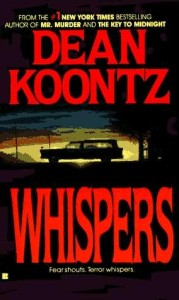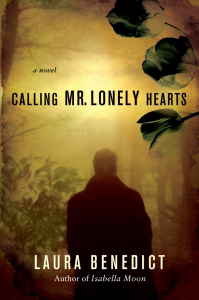Filling in for Kathryn today, with a first page from a story entitled “The Wizard of the Middle Realm.” Here we go:
Katie stared restlessly at the creamy white ceiling as she lay back on her bed. The summer holidays started two weeks ago, but she was not enjoying them at all. Apart from the fact that she was hot and sticky, a discomfort the whirring pedestal fan by her bed was doing little to ease, Katie was feeling lonely. She had never had a lot of friends, but she did have one very good friend who was unfortunately at this very moment moving to the opposite side of the country.
Katie rolled over onto her stomach and rested her cheek against her pillow. The book she had just finished reading lay discarded on her bedside table. At least she still had her favourite characters to keep her company on the long summer days ahead.
Katie pulled herself slowly up from her dampened bed, unsticking her white cotton t-shirt from her stomach as she did so, and wandered moodily over to her bookshelf. She fingered each book looking for another novel that might transport her mind to some faraway fantasy land and help her stop thinking such depressing thoughts.
A tingling sensation prickled in her outstretched fingers, travelled down her arm and spread throughout her entire body. She felt a tightening in her stomach as though invisible hands had wrapped around her waist and tried to pull her backwards. She dropped her hand from the book she was removing from the shelf and frowned. She looked around, half expecting someone to be behind her, but her room was empty of anyone besides herself. The pulling sensation intensified and Katie lost her balance. A tightness formed in her chest and her breathing grew shallow.
“Don’t panic,” she told herself in a shaky voice, “It’s just the heat.”
Katie turned towards her door thinking she would just go get herself a glass of water. She didn’t make it. As she fell forwards her room became a whirlwind of colours.
***
This page does get us to an opening disturbance. That’s good. That’s what we want. It’s just that getting there is a bit of a slog. But we can fix that.
As I mentioned in a previous post, starting a book with a character alone, thinking, is not a wise choice. Readers want to see a character in motion and in trouble, and then later on will care about what the character is feeling and thinking.
When I see a page like this, I move forward until I find some action, some motion, closer to that immediate disturbance (which is anything that presents a change or challenge, even small). Sometimes (often, in fact) I have to move right to Chapter 2 to find that place.
Here, I think we can start with a tweaked third paragraph, this way:
Katie pulled herself up from her dampened bed, unsticking her white cotton t-shirt from her stomach as she did so, and wandered to her bookshelf. She fingered each book looking for another novel that might transport her mind to some faraway fantasy land and help her stop thinking about her best friend – her only friend – moving away.
See the difference? We get Katie moving toward the bookshelf right away, where the disturbing thing will happen.
Now, you can put the first paragraph next, revamping it slightly. This will give you a chance to describe the room (e.g., pedestal fan) and drop in the bit about it being summer. What you’re doing is simply a variation of the chapter 2 switcheroo. When you do that kind of surgery, you begin with chapter 2 and drop in, bit by bit, only what is absolutely necessary from chapter 1. Much of the time, you don’t need any of it. Here, drop in a couple of things from paragraph 1 after the ball is rolling.
I think the second paragraph can be cut entirely, as it doesn’t add anything to the scene. Everything there is implied elsewhere.
So that’s the big lesson to draw here. Get a character in motion as close to the disturbance as possible.
And if you really want to zoom things along (and why wouldn’t you?) you can put that disturbance in the very first line and then “drop back” for a bit of set-up. Dean Koontz used to do this all the time in his early fiction.
For example, Dance With the Devil (written under the pseudonym Deanna Dwyer), begins:
Katharine Sellers was sure that, at any moment, the car would begin to slide along the smooth, icy pavement and she would lose control of it.
Koontz then “drops back” to fill in the set-up information – after we are hooked by this character in trouble.
By the way, these opening strategies can be employed throughout the novel. Sometimes, to slow the pace, you can open a chapter with description or introspection. But if you need to pick things up, start with action or dialogue and then “drop back” to explain how the characters got to the scene.
Other notes on this page:
There are chunks of telling in these opening paragraphs: she was not enjoying them . . . she was hot and sticky . . .Katie was feeling lonely . . . wandered moodily (watch those adverbs!) . . . depressing thoughts.
What we want is more showing. The opening line I suggest has her unsticking her tee-shirt, which gets the hot, sweaty impression out there naturally.
Also, the first three paragraphs start the same way: Katie, Katie, Katie. It’s always good to vary the rhythm of paragraphs that are close together.
All in all, this is not a bad set-up. I do want to know about the whirlwind of colors. But we can capture that interest more quickly with the trims suggested.
Any other notes?



